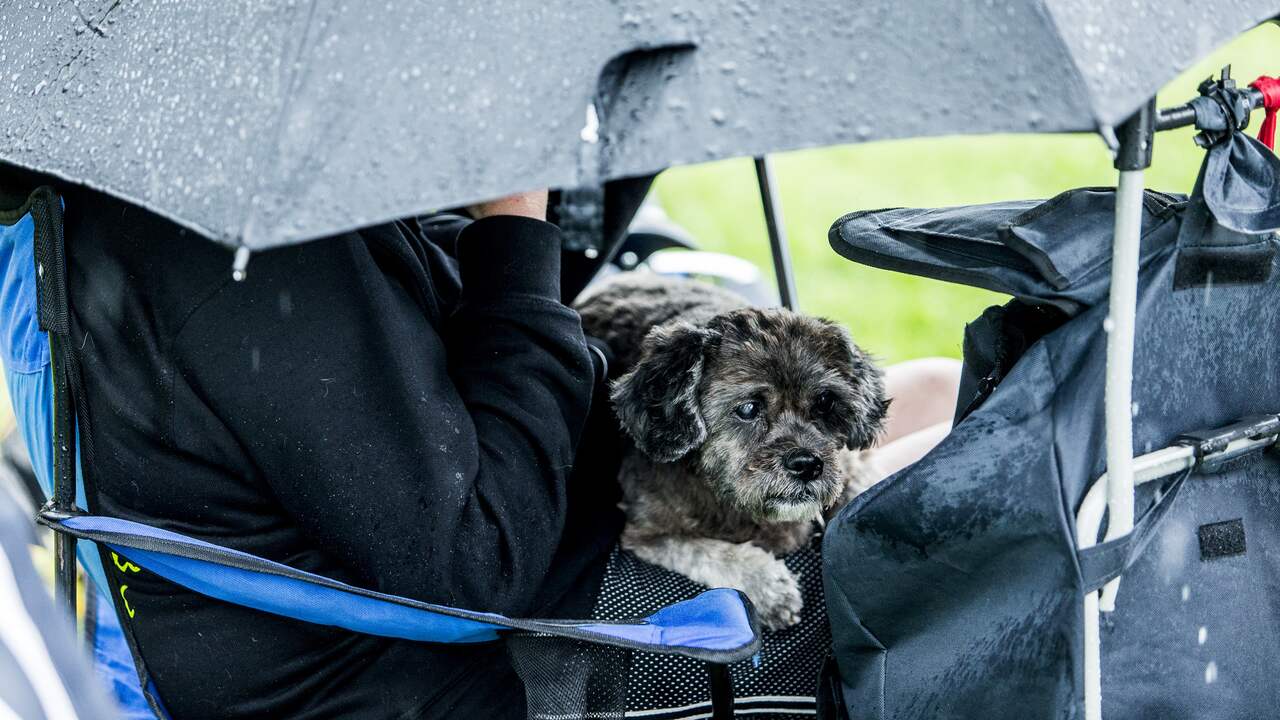Jakarta, CNBC Indonesia– In mainland central China, there are sacred tombs that archaeologists are reluctant to dismantle. In the tomb that has never been opened for more than 2,000 years, liescorpseKaiser ChinaZaman dinasti Qin.
Citing reports LiveSciencethe tomb holds the secrets of China’s first emperor, Qin Shi Huang,who died on September 10, 210 BC after conquering six warring countries to create China’s first unified state.
As for the discovery of the tomb bit began in 1974, when farmers were digging modest fields in Shaanxi province, China. While digging, they found broken human statues made of clay.
|
(Marica van der Meer/Arterra/Universal Images Group via Getty Images) |
Archaeological excavations uncovered the famous palace of China’s first emperor with hundreds of statues of warriors made of of clay and life-size war horses. Tincluding statues of honored officials and other animals.
Apparently, this soldier statue was made to guard the tomb of Qin Shi Huang, the ruler of the Qin dynasty that ruled from 221 to 210 BC.
Collect IFL ScienceAlthough most of the ancient burial grounds surrounding the mausoleum have been explored, the emperor’s own tomb has never been opened despite the many mysteries surrounding it. No one had ever peered into this tomb in over 2,000 years, when the dreaded emperor lay buried within.
The main reason behind this fear is that archaeologists are concerned about how excavations could damage the tombs and lose important historical information. Currently, only invasive archaeological techniques can be used to enter the tomb. The technique carries a high risk of causing irreparable damage.
|
XIAN, CHINA – OCTOBER 06: Terracotta Army, a collection of terracotta sculptures depicting the armies of Emperor Qin Shi Huang, the first Emperor of China, on 06 October 2016, in Xian, Shaanxi, China. (Photo by studioEAST/Getty Images) |
The mercury ditch is another reason why archaeologists have been reluctant to explore the tomb. That would likely be very dangerous, according to soil samples around the tomb, which showed very high levels of mercury contamination.
Ancient texts say the emperor created an entire underground kingdom and palace, complete with a ceiling that mimicked the night sky, with pearls as stars.
According to archaeologists, the emperor’s palace was buried about 690 meters from the ground with an area of 250 meters. It is estimated, this is the largest palace complex ever found. The area of the emperor’s complex is estimated at 56 square kilometers.
|
|
On the other hand, a note written by a Chinese historianKuno Sima Qian some 100 years after Qin Shi Huang’s death mentions the tomb was connected to a trap designed to kill any intruders.
“Exquisite palaces and towers for a hundred officials were built, and the tomb was filled with rare artifacts and extraordinary treasures. Craftsmen were ordered to make bows and arrows prepared to shoot anyone who entered the tomb. Mercury was used to simulate a hundred rivers, the Yangtze and the Yellow River, and the great sea, and set to flow mechanically,” he explained.
For now, Qin Shi Huang’s tomb remains intact and out of sight. However, if the time is right, it is possible that scientific advances will finally be able to unearth the secrets that have been stored in these mysterious tombs that are around 2,200 years old.
(Khoirul Anam/hsy)


